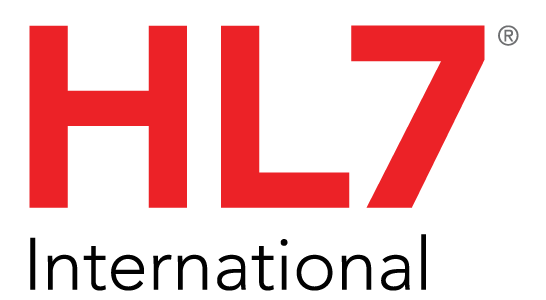This page is part of the International Patient Summary Implementation Guide (v0.3.0: STU 1 (FHIR R4) Ballot 1) based on FHIR R4. The current version which supercedes this version is 1.1.0. For a full list of available versions, see the Directory of published versions 
International Patient Summary Implementation Guide
Note for balloters
Balloters are invited to focus their attention on the parts that have been changed since the last ballot, which can be roughly summarized as:
- Scope slightly revised, extended beyond the cross border case.
- Better alignment with jurisdictional requirements / profiles (e.g.Argonaut/US Core).
- Harmonization with the latest changes of the EN 17269 IPS dataset.
Dedicated "Note for balloters" blocks have been added in this Implementation Guide to focus the attention of the balloters on specific issues/topics.
An International Patient Summary (IPS) document is an electronic health record extract containing essential healthcare information about a subject of care. It is specifically aimed at supporting the use case scenario for ‘unplanned, cross border care’, but it is not limited to it. It is intended to be international, i.e., to provide generic solutions for global application beyond a particular region or country.
The IPS dataset is minimal and non-exhaustive; specialty-agnostic and condition-independent; but still clinically relevant.
The IPS is composed by a set of robust, well-defined and reusable core set of data items, i.e., HL7 FHIR IPS profiles, in the case of this guide. Its tight focus on unplanned care is not a limitation, but, on the contrary, enables the IPS profiles to be used as common minimal ‘core’ set beyond its initial scope.

Purpose
The goal of this Implementation Guide is to specify how to represent in HL7 FHIR the International Patient Summary (IPS). An alternative representation as templated HL7 CDA R2 is also provided ( see the hl7.org site or ART DECOR. The initial focus of the International Patient Summary (IPS) was the unplanned care across national borders. Starting from this focus, the specification is intended to be used and be useful in local applications and also to be supportive of planned care.
Project Background
See further details on the project background in the IPS Wiki here.
Project Scope
As expressed in the introduction, the International Patient Summary is:
- a minimal and non-exhaustive patient summary,
- specialty-agnostic,
- condition-independent,
- but readily usable by clinicians for cross-border unscheduled care of a patient. In this context, minimal and non-exhaustive means that an IPS is not intended to reproduce (the entire) content of an Electronic Health Record (EHR).
Specialty-agnostic means that an IPS is not filtered for a specialty. As an example, allergies are not filtered to the specialty of internal medicine, thus may also include food allergies, if considered to be relevant for, e.g. unplanned care.
Condition-independent means that an IPS is not specific to particular conditions, and focuses on the patient current condition(s).
Furthermore the scope of the IPS is global. Although this is a major challenge, this implementation guide takes various experiences and newer developments into account to address global feasibility as far as possible.
The following picture provides an overview of the current IPS content.

Relationships with Other Projects and Guidelines
See further details on the IPS project relationships with other projects and guidelines in the IPS Wiki here.
Ballot Status
This Implementation Guide is being balloted as STU with the intention to go normative in a subsequent ballot cycle.
Authors and Contributors
| Role | Name | Organization | contact |
|---|---|---|---|
| Primary Editor | Giorgio Cangioli, PhD | Consultant, HL7 Italy | giorgio.cangioli@gmail.com |
| Primary Editor | Rob Hausam | Hausam Consulting LLC | rob@hausamconsulting.com |
| Primary Editor | François Macary | Phast | francois.macary@phast.fr |
| Contributor | Dr Christof Geßner | Gematik | christof.gessner@gematik.de |
| Contributor | Gary Dickinson | CentriHealth | gary.dickinson@ehr-standards.com |
| Contributor | Dr Kai U. Heitmann | Heitmann Consulting and Services, Gefyra GmbH, HL7 Germany | info@kheitmann.de |
| Contributor | Catherine Chronaki | HL7 International Foundation | chronaki@gmail.com |



